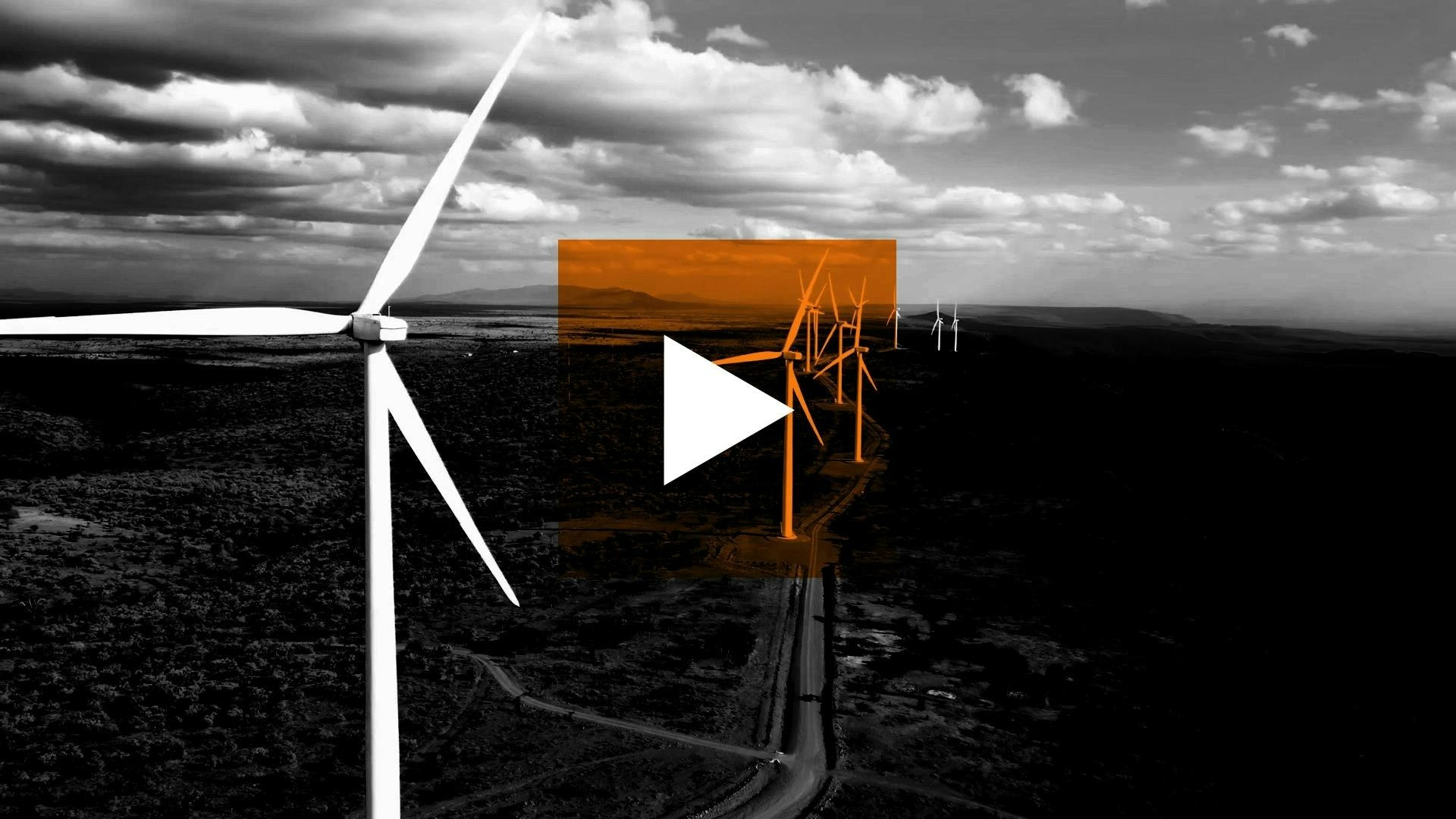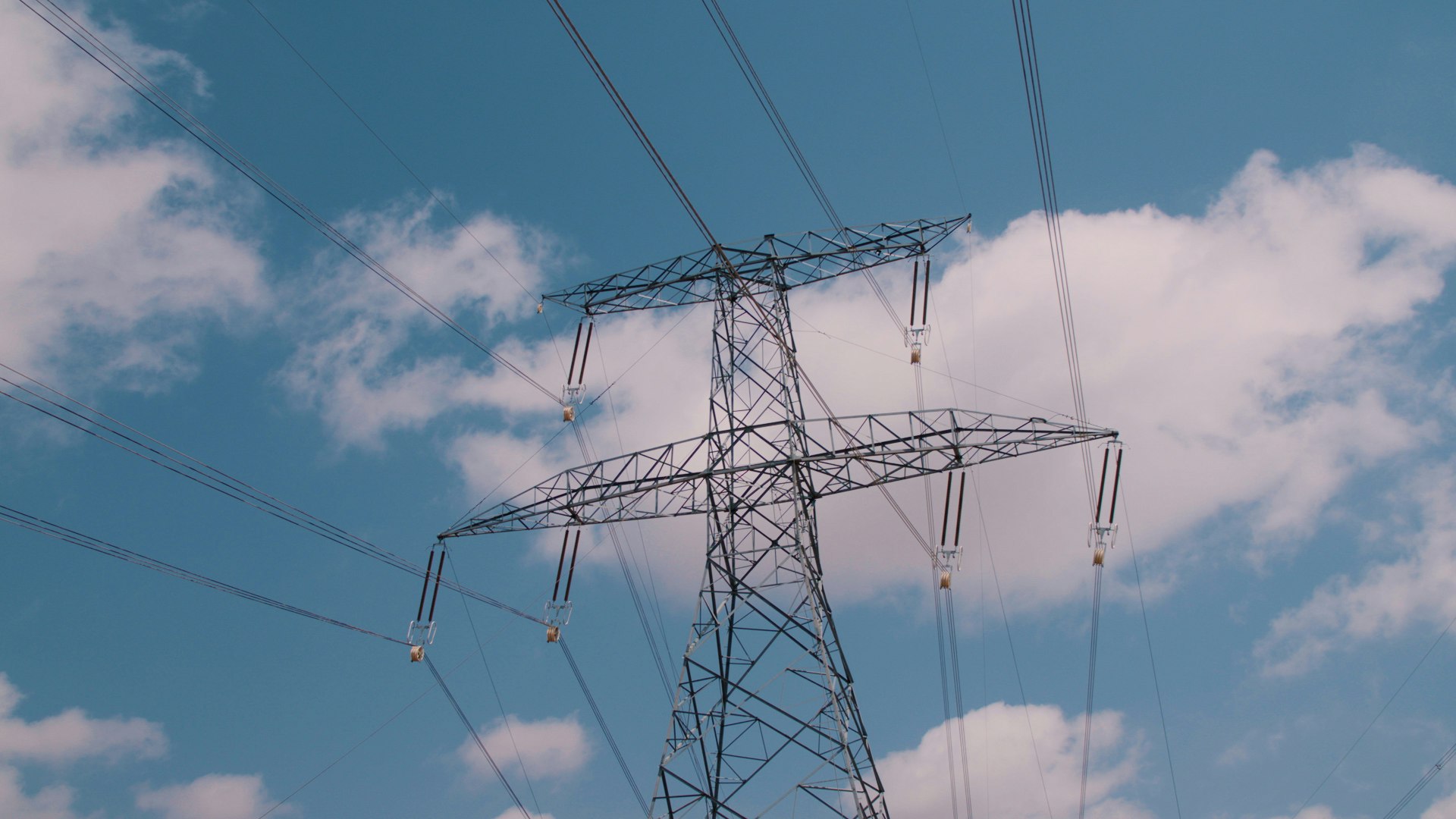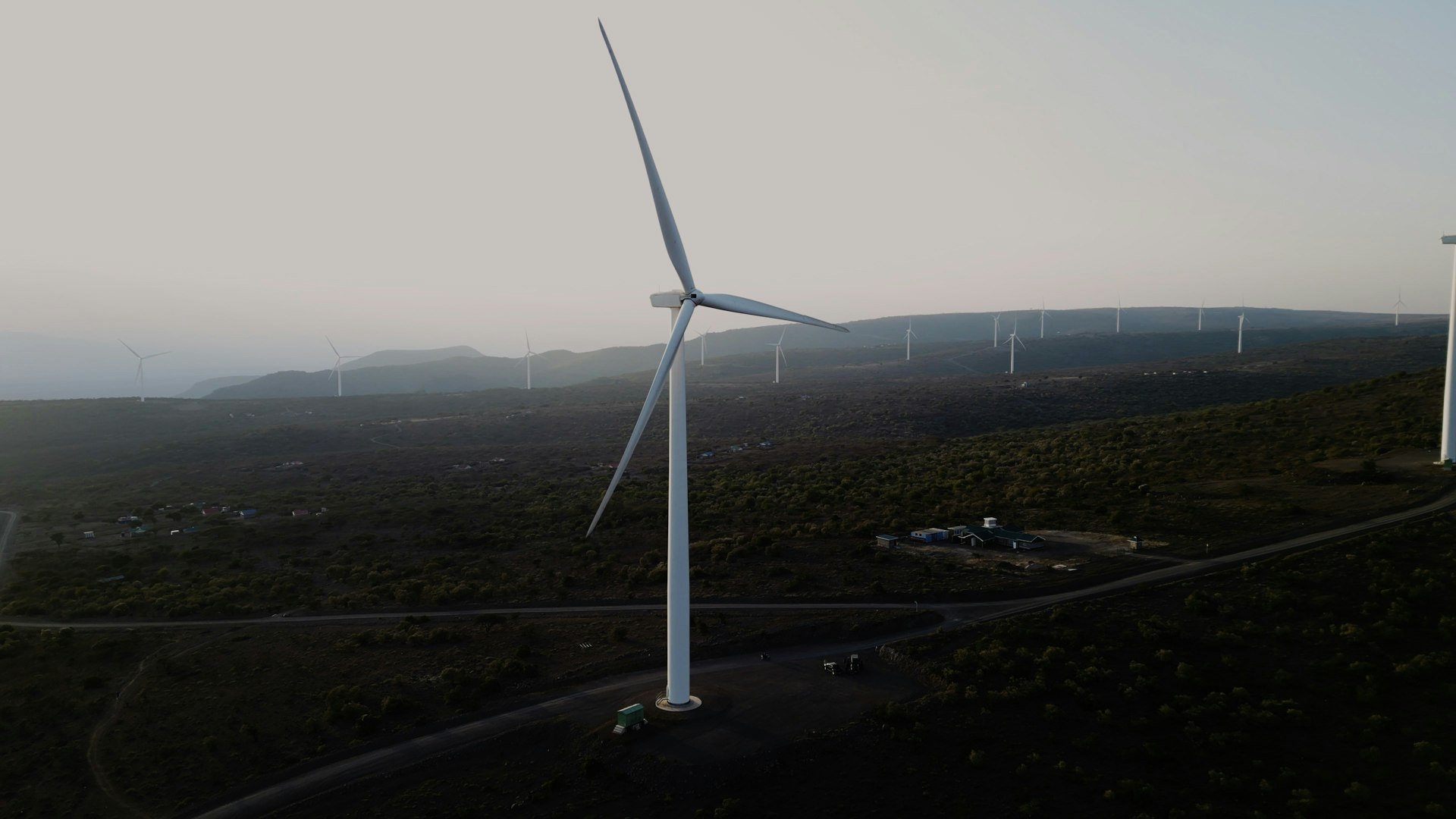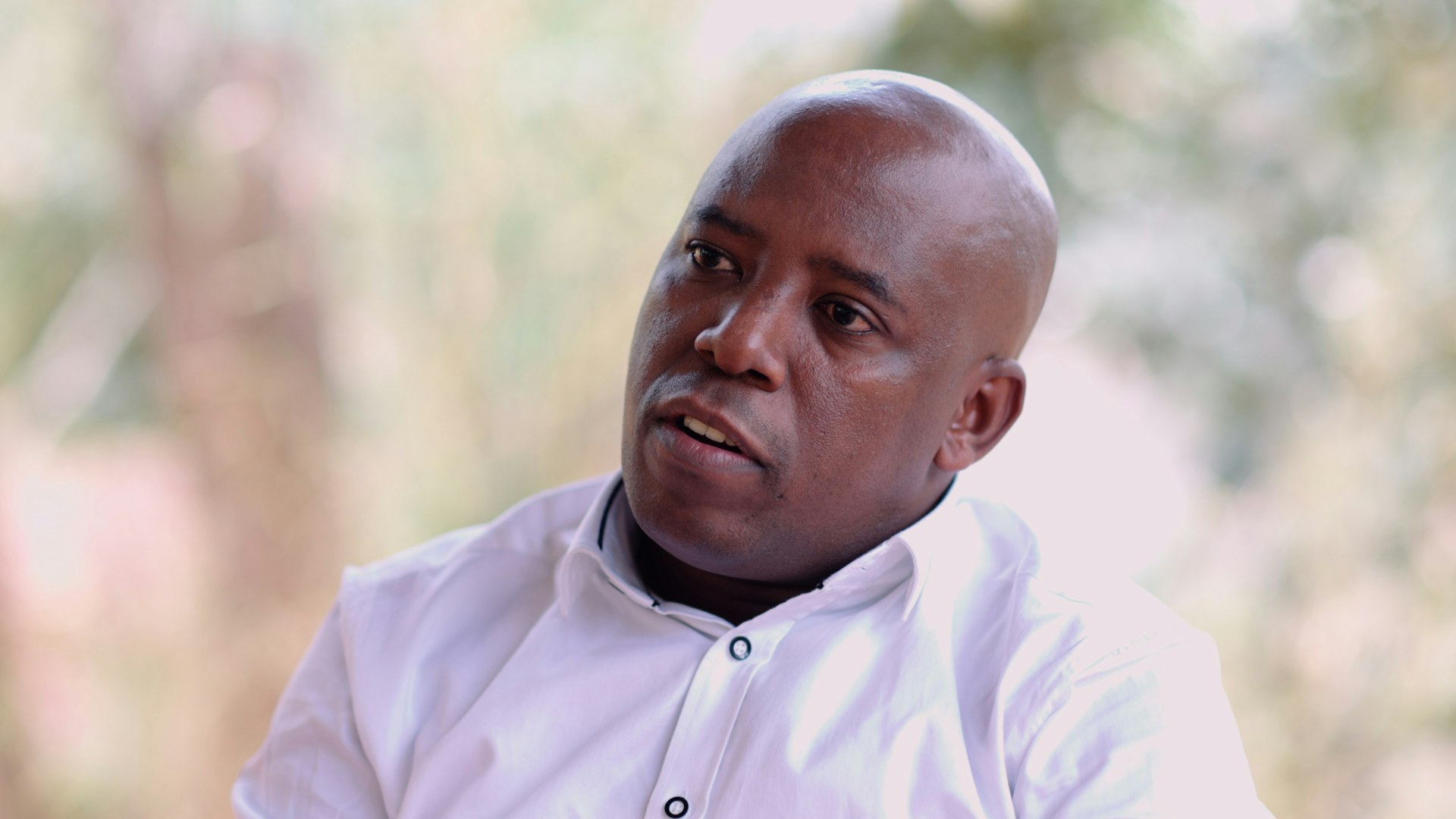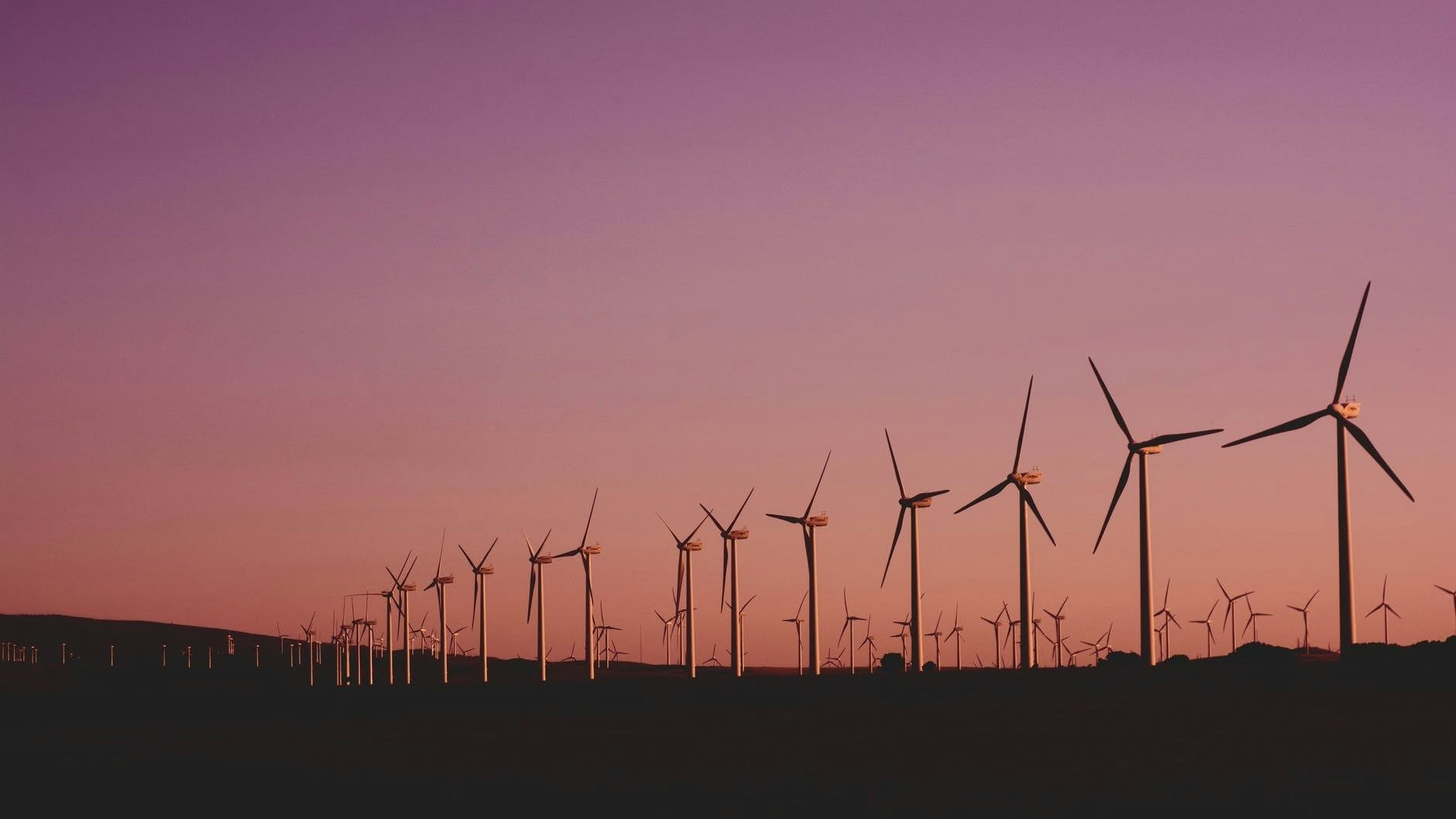
As African economies continue to further their green ambitions, green hydrogen is increasingly viewed as vital to reducing imports of fossil-based fuels and chemicals. Fortuitously, Africa seems particularly well placed to take advantage of a green hydrogen economy.
Green hydrogen refers to the extraction of hydrogen from more complex substances using 'clean' (zero carbon) processes. This form of hydrogen extraction uses electrolysis to split water molecules into their component parts. When this process is powered by electricity from renewable energy sources, the emissions are reduced to zero. This is known as green (or clean) hydrogen.
As the only truly carbon-neutral hydrogen, the green version currently makes up about 0.1% of overall hydrogen production, but this is expected to rise as the cost of renewable energy continues to fall.
For clean hydrogen to become a real commercially viable challenger to fossil fuels, it will need to be scaled up and rapidly.
96% of hydrogen is currently produced using fossil fuels.
At present, green hydrogen is produced using electrolysis of water, whereas standard ‘blue’ hydrogen utilises natural gas, which makes the clean green version up to three times as energy efficient to produce.
Green hydrogen, and its derivatives, can power mining vehicles, trucks, buses, trains, aircraft and maritime transport, and can be used to produce green steel, green fertiliser, and other green chemicals.
Green means business
Globally, the green hydrogen market is projected to grow nearly tenfold from $444 million in 2021 to nearly $4.4 billion by 2026, according to a report released in September by Research and Markets, an online platform providing market and research data.
The surge in green hydrogen investment has been sparked by stricter carbon goals globally, with 90 countries, representing 80% of the world’s gross domestic product, now committed to net-zero targets – most by 2050, and China and India by 2060.
It’s not easy being Green
A great deal of upfront investment is required in order to set up the infrastructure needed to produce and transport green hydrogen. Combine this with high tariffs for electricity and green hydrogen is comparatively expensive to produce.
By investing in electrolysers in locations where renewable energy sources are in abundance, electricity can be generated at a more competitive rate, reducing the cost of hydrogen production.
This is particularly important given that the cost of electricity can make up to 60% of the total cost of hydrogen production.
Currently powering ahead
Despite these challenges, Africa’s green hydrogen drive has begun, with several nations already catching the eye of investors.
South Africa has abundant natural resources and available land, making it ideally positioned to produce green hydrogen to both decarbonise many of its own energy-intensive industries and tap into rapidly building global demand for the fuel.
The hydrogen economy is projected to add between $3.9 billion and $8.8 billion to South Africa’s gross domestic product by 2050 and create between 14,000 and 30,000 jobs each year.
Hyphen Hydrogen Energy is set to start production in 2026 in Tsau ǁKhaeb National Park. The firm says the four years of construction will create 15,000 direct jobs and 3,000 more during full operations - with 90% filled by locals.
Hyphen is also targeting Namibia for southern Africa’s first gigawatt scale green hydrogen project, as the country has some of the most resource rich locations in the world for co-located onshore wind and solar.
With extensive solar and wind resources, and a growing interest in hydrogen technology, Africa has a solid claim to a 'seat at the table' in the new energy market.




